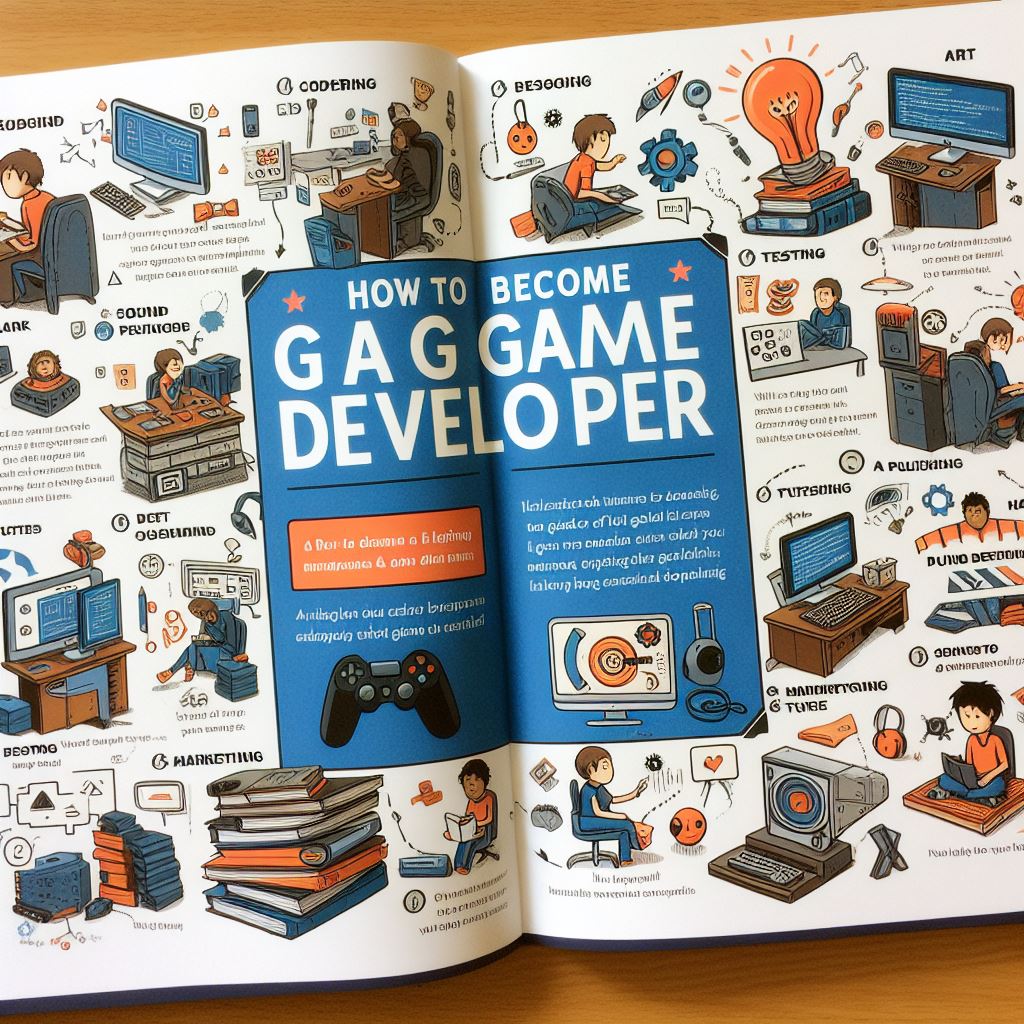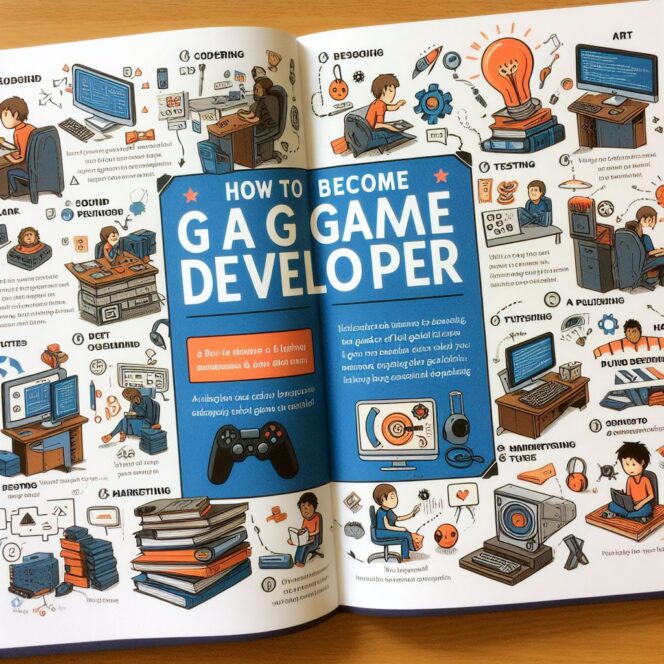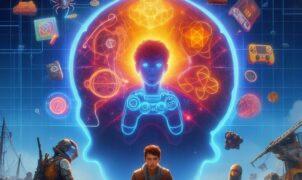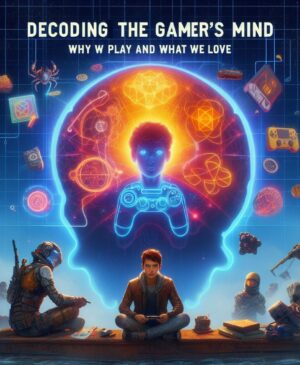A Step-by-Step Guide
Do you love playing video games and want to create your own? Do you have a passion for storytelling and programming? If so, you might be interested in becoming a game developer. Game development is a rewarding and challenging career that allows you to express your creativity and bring your ideas to life. But how do you get started in this field? What skills and tools do you need? In this blog post, we will answer these questions and more. We will show you how to become a game developer in six easy steps, from storyboarding to publishing. Let’s get started!

Step 1: Storyboard Your Game Idea
The first step to becoming a game developer is to have a clear vision of what kind of game you want to make. What is the genre, theme, and style of your game? What is the main goal or challenge for the player? What are the features and mechanics that make your game unique and fun? To answer these questions, you need to storyboard your game idea. Storyboarding is a process of creating a visual representation of your game using sketches, diagrams, or mockups. It helps you to organize your thoughts, test your concepts, and communicate your vision to others. You can use tools like Adobe Photoshop, Sketch, or Figma to create your storyboard.
Step 2: Choose Your Game Engine and Programming Language
The next step to becoming a game developer is to choose the right tools for your project. The most important tool is the game engine, which is a software that provides the framework and functionality for your game. The game engine handles things like graphics, physics, sound, input, networking, and more. There are many game engines available, each with its own advantages and disadvantages. Some of the most popular ones are Unity, Unreal Engine, Godot, GameMaker Studio, and RPG Maker. You should choose the game engine that suits your needs, budget, and skill level.
Another important tool is the programming language, which is the code that you use to write the logic and behavior of your game. Different game engines support different programming languages, so you should choose the one that is compatible with your chosen engine. Some of the most common programming languages for game development are C#, C++, Java, Python, and JavaScript. You should choose the programming language that you are comfortable with or willing to learn.
Step 3: Learn the Basics of Game Design and Development
The third step to becoming a game developer is to learn the fundamentals of game design and development. Game design is the art of creating the rules, systems, and content of your game. It involves aspects like gameplay, level design, user interface, narrative, aesthetics, and balance. Game development is the process of implementing your game design using code, art, sound, and other assets. It involves aspects like scripting, debugging, testing, optimization, and deployment.
To learn the basics of game design and development, you can take online courses, read books and blogs, watch tutorials and videos, or join communities and forums. Some of the best resources for learning game design and development are:
- Coursera: A platform that offers courses on various topics related to game design and development from top universities and industry experts.
- Udemy: A platform that offers courses on various topics related to game design and development from instructors around the world.
- Gamasutra: A website that features articles, news, interviews, and blogs on various aspects of game design and development from professionals in the field.
- Stack Overflow: A website that features questions and answers on various topics related to programming and game development from developers around the world.
- Reddit: A website that features subreddits on various topics related to game design and development where you can ask questions, share ideas, and get feedback from other developers.
Step 4: Create a Prototype of Your Game
The fourth step to becoming a game developer is to create a prototype of your game. A prototype is a simplified version of your game that focuses on testing the core gameplay mechanics and features. It helps you to validate your idea, identify problems or bugs, gather feedback from players or testers,
and improve your design. You can use tools like PlayCanvas, Construct 3, or Phaser to create your prototype.
Step 5: Polish Your Game
The fifth step to becoming a game developer is to polish your game. Polishing is the process of refining your game by adding details, enhancing graphics, improving sound, fixing errors, and optimizing performance. It makes your game more appealing, immersive, and enjoyable for the players. You can use tools like Photoshop, Audacity, or Blender to polish your game.
Step 6: Publish Your Game
The final step to becoming a game developer is to publish your game. Publishing is the process of distributing your game to the platforms or markets where you want it to be played. It involves aspects like packaging, licensing, marketing, and monetizing your game. You can use tools like Steam, Google Play, or itch.io to publish your game.
Conclusion
Congratulations, you have just learned how to become a game developer in six easy steps! Now you can start creating your own games and share them with the world. Remember, game development is a continuous learning process, so keep practicing, experimenting, and improving your skills. Have fun and good luck!












No Sign-up. Play Directly.